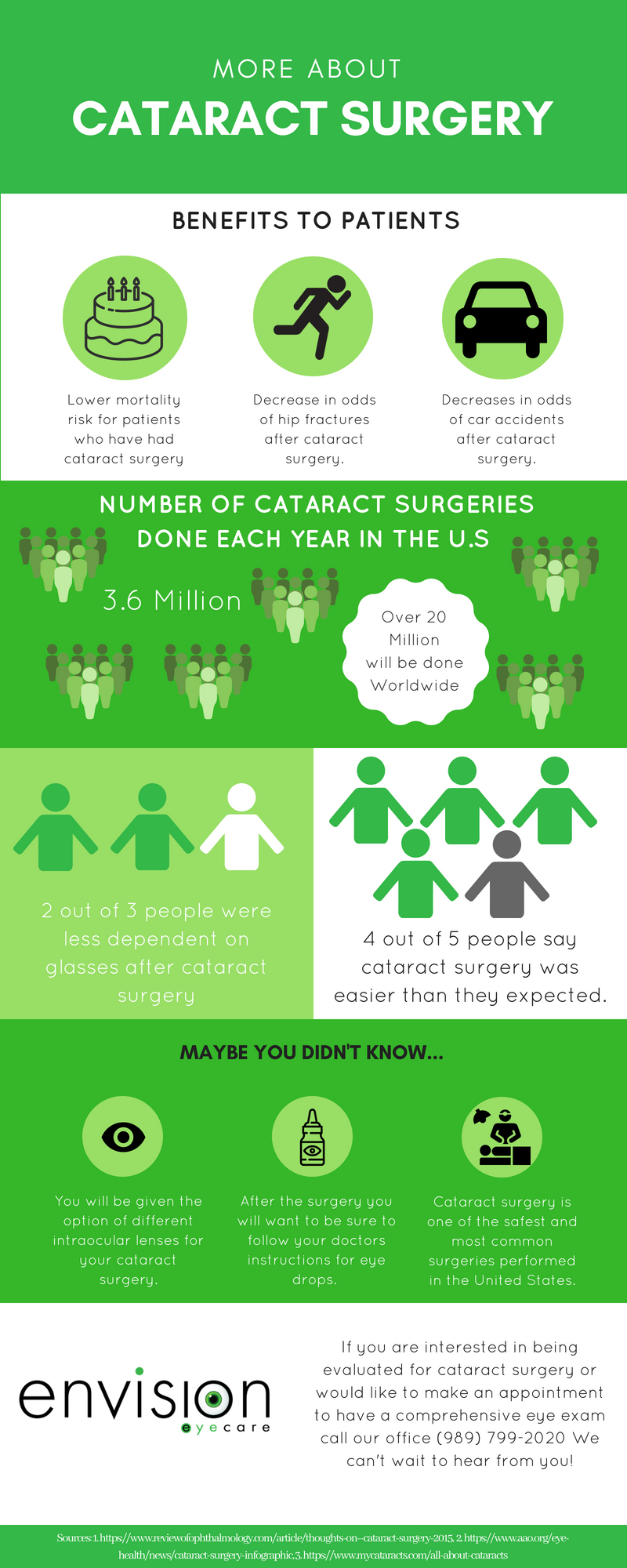Examining The Benefits And Drawbacks Of Conventional Cataract Surgical Treatment Compared To Laser-Assisted Techniques
Examining The Benefits And Drawbacks Of Conventional Cataract Surgical Treatment Compared To Laser-Assisted Techniques
Blog Article
Material By-Brogaard Henson
When pondering the choice in between conventional cataract surgery and laser-assisted techniques, you may find yourself considering the advantages and drawbacks each technique offers. The decision goes beyond the surface level of price and precision, diving right into the world of long-lasting end results and patient contentment. As you browse with the complexities of these two approaches, it becomes necessary to recognize the nuanced details that can significantly affect your aesthetic clarity and total experience. Remain tuned to discover the critical elements that will lead your decision-making procedure in this important element of eye treatment.
Typical Cataract Surgery Pros and Cons
When thinking about standard cataract surgery, you might locate that it's a well-established and widely-used method. In this treatment, a doctor makes a tiny cut in the eye and uses ultrasound to separate the gloomy lens prior to removing it. Once the cataract is eliminated, a fabricated lens is placed to bring back clear vision.
Among the main advantages of standard cataract surgery is its track record of success. Numerous patients have actually had their vision significantly improved via this treatment. In addition, standard surgical treatment is often covered by insurance policy, making it a much more obtainable option for many individuals.
Nonetheless, there are some drawbacks to traditional cataract surgical procedure also. Recuperation time can be longer contrasted to newer strategies, and there's a somewhat higher danger of issues such as infection or swelling. Some people might additionally experience astigmatism or need reading glasses post-surgery.
Laser-Assisted Techniques Advantages And Disadvantages
Discovering laser-assisted methods for cataract surgery unveils a modern strategy that utilizes laser innovation to execute essential action in the treatment. One of the key benefits of laser-assisted cataract surgery is its precision. The laser allows for extremely precise cuts, which can lead to better visual end results. Additionally, using lasers can lower the quantity of ultrasound power needed during the surgical treatment, potentially lowering the risk of issues such as corneal damage.
On the disadvantage, laser-assisted methods can be extra costly compared to standard approaches. This expense mightn't be covered by insurance coverage, making it much less available to some people.
Another consideration is that not all cataract surgeons are trained in laser innovation, which could restrict your choices for choosing a doctor.
Last but not least, while the laser can automate specific facets of the treatment, the surgery still calls for an experienced surgeon to guarantee effective results.
Comparative Analysis of Both Methods
For an extensive understanding of cataract surgical treatment techniques, it's necessary to conduct a comparative analysis of both standard and laser-assisted methods.
Standard cataract surgery involves manual incisions and using handheld tools to separate and remove the cloudy lens.
On the other hand, laser-assisted cataract surgery makes use of sophisticated technology to create exact cuts and break up the cataract with laser power before removing it.
In regards to accuracy, laser-assisted techniques supply a greater level of precision contrasted to conventional techniques. The use of lasers allows for modification of the procedure based upon each patient's eye makeup, potentially bring about far better visual outcomes.
Nevertheless, laser-assisted cataract surgical treatment tends to be extra costly than conventional surgical procedure, which might restrict availability for some clients.
While both methods work in restoring vision damaged by cataracts, the choice between typical and laser-assisted strategies often depends on elements such as price, precision, and private person requirements.
Consulting with your ophthalmologist can aid determine the most appropriate technique for your cataract surgery.
Final thought
To conclude, when choosing in between conventional cataract surgery and laser-assisted methods, consider elements like cost, precision, and specific demands. Conventional surgical procedure provides a tried and tested track record and insurance protection yet might feature longer recovery times. Laser-assisted methods offer higher precision and modification but can be more pricey and not always covered by insurance coverage. Eventually, the selection in between both techniques depends upon what is essential to you and your certain scenario.
